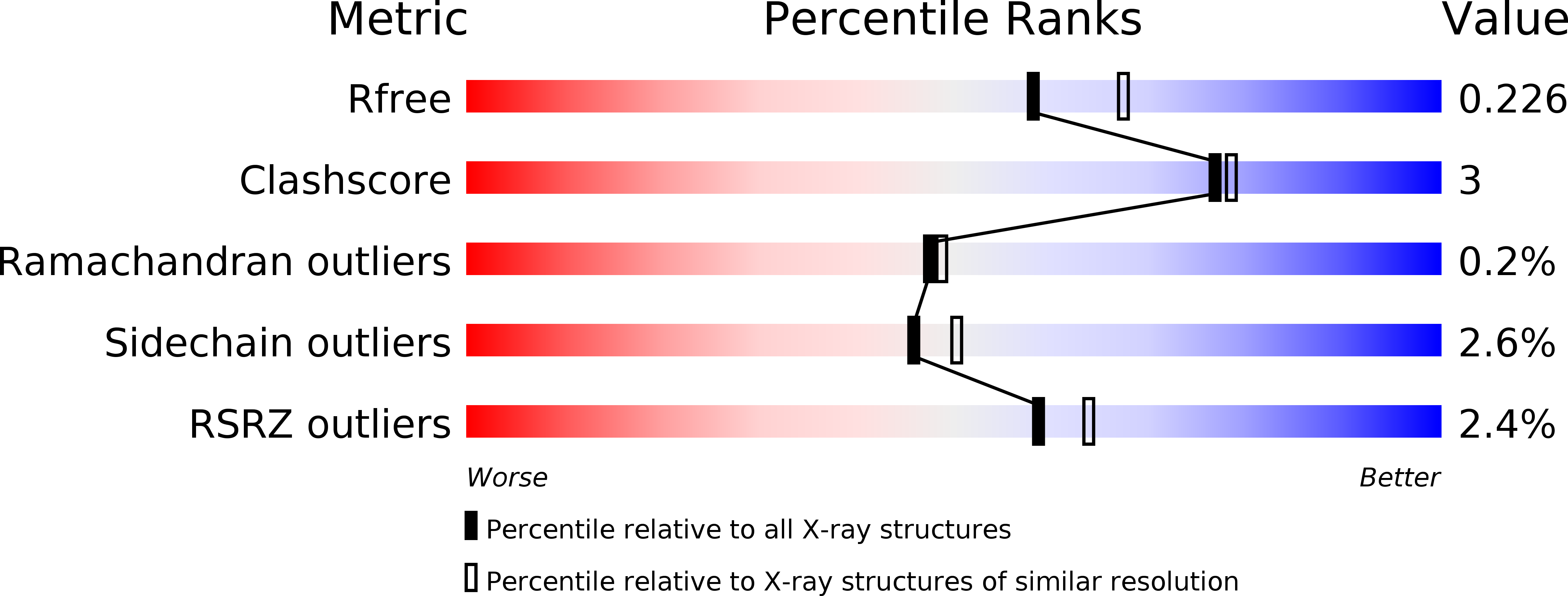
Deposition Date
2018-02-08
Release Date
2018-05-16
Last Version Date
2024-12-25
Entry Detail
PDB ID:
6CDO
Keywords:
Title:
Structure of vaccine-elicited HIV-1 neutralizing antibody vFP16.02 in complex with HIV-1 fusion peptide residue 512-519
Biological Source:
Source Organism:
Mus musculus (Taxon ID: 10090)
Human immunodeficiency virus 1 (Taxon ID: 11676)
Human immunodeficiency virus 1 (Taxon ID: 11676)
Host Organism:
Method Details:
Experimental Method:
Resolution:
2.10 Å
R-Value Free:
0.22
R-Value Work:
0.19
R-Value Observed:
0.19
Space Group:
P 41 21 2


